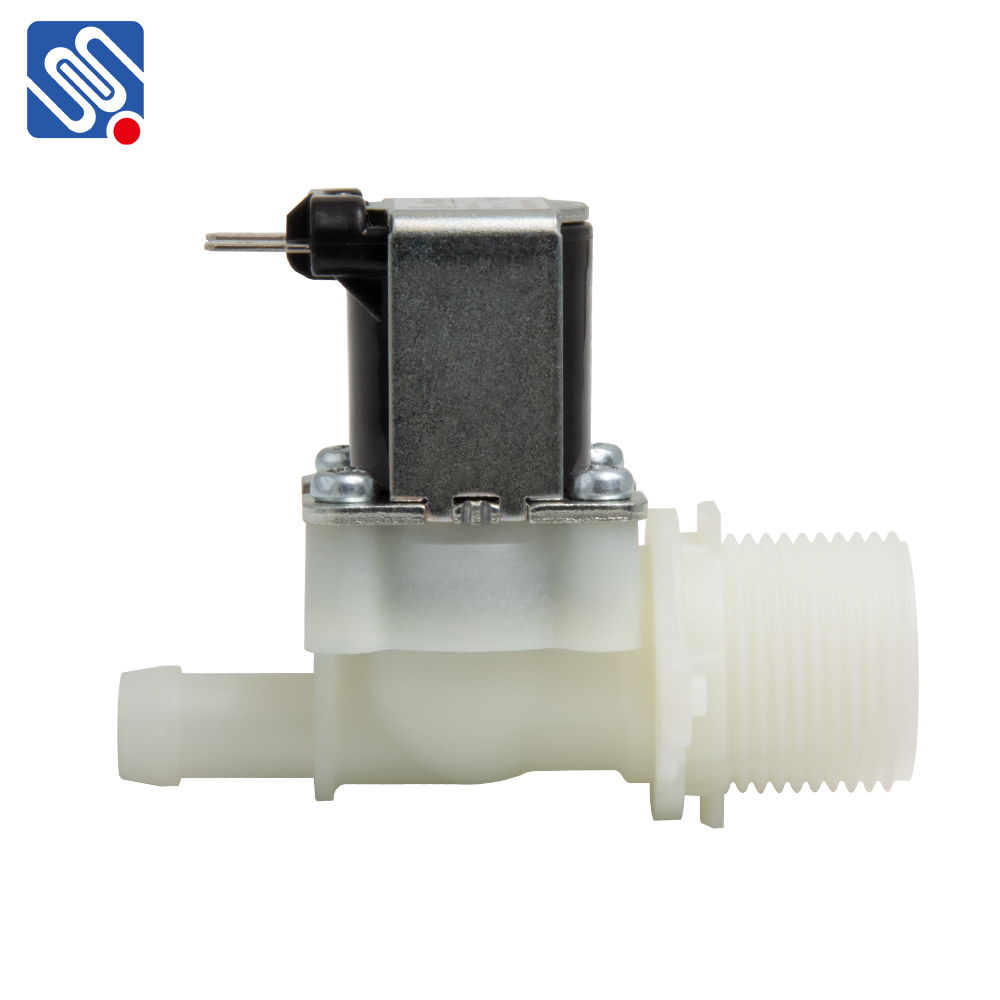Water solenoid valves are essential components widely used in various applications that require precise control of fluid flow. Operating based on electromagnetic principles, these valves offer efficient solutions for managing water and other fluids in both residential and industrial settings. In this article, we’ll delve into the functionality, applications, and benefits of water solenoid valves, highlighting their importance in modern automation systems.

What is a Water Solenoid Valve? A water solenoid valve is an electromechanical device that controls the flow of water through a pipeline. It consists of a solenoid coil, a valve body, and internal components, including a diaphragm or plunger. When electrical current passes through the solenoid coil, it generates a magnetic field that engages the valve’s mechanism, opening or closing the flow path. The operation is typically quick and precise, making solenoid valves excellent choices for automated fluid control systems. How Does It Work? The working principle of a water solenoid valve is relatively straightforward. The valve can be categorized into two types: normally open (NO) and normally closed (NC).